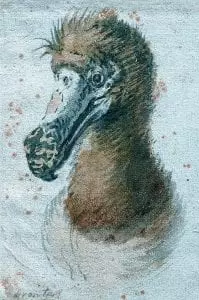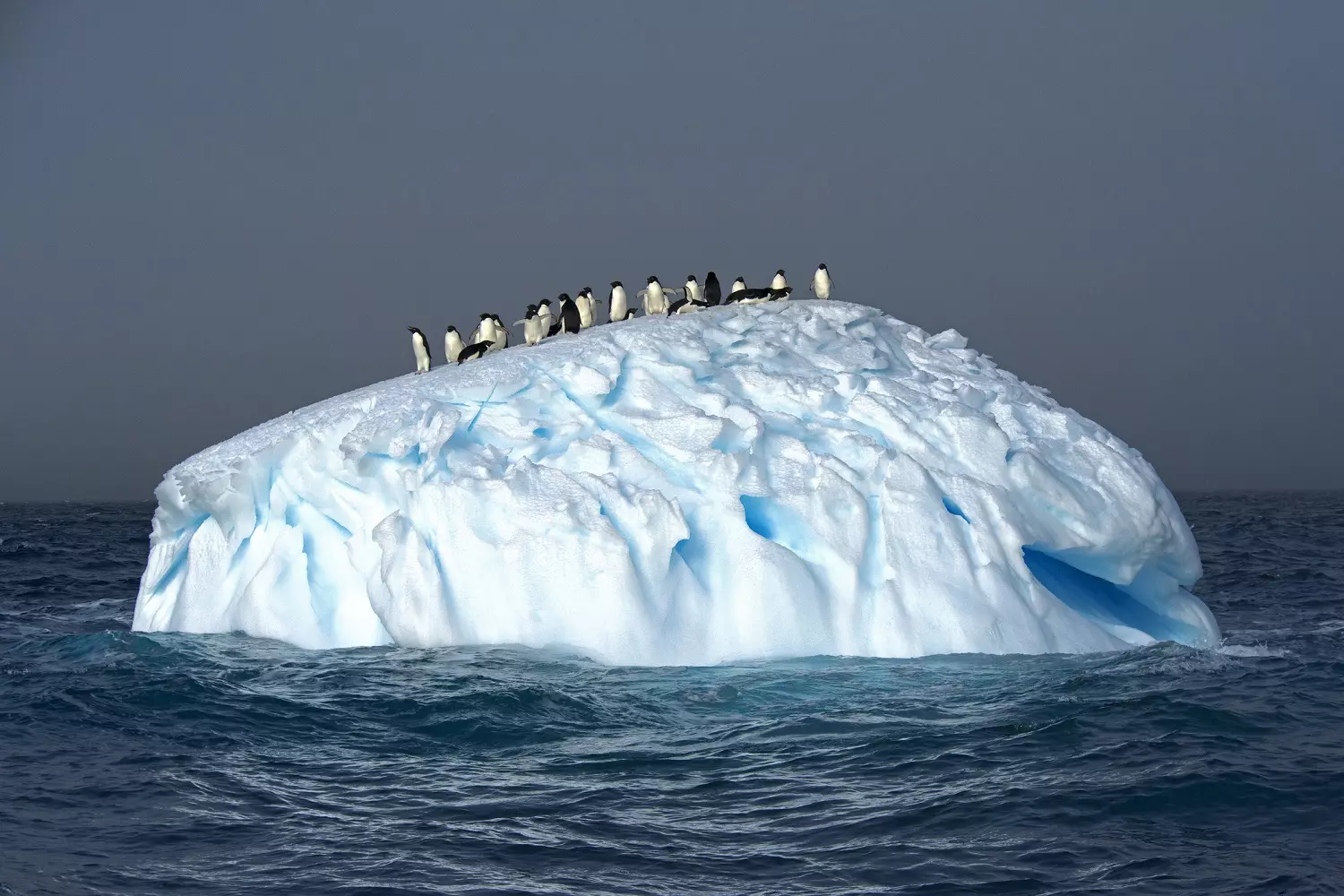[Originally published as Birds of a Feather Flock Together]
We have all heard the expression “birds of a feather flock together.” It is meant to describe that birds will stay within their own groups. Eagles flock with eagles, ducks with ducks, and so on and so forth. You would not expect birds of a ‘different feather’ to flock together.
In nature, you will not find ostriches camping out with robins, or woodpeckers living with ospreys. Like the Word of God indicates, every living organism on planet Earth is genetically programmed to reproduce according to its own kind whether they are plants, Gen. 1:11, or animals, Gen.1:21.
There is one interesting group of animals in God’s creation that seem to be different from others in their particular group. They are flightless birds. In an article in Science News, by Tina Hesman Saey, we read the following statement.
New Genetic analyses show that mutations in the regulatory DNA causes ratite (a group of large and long-legged flightless birds) birds to lose the ability to fly up to five times over their evolution.
Most of the discussion surrounded why some birds lost their ability to fly, while others in this group like the tinamou did not. While these evolutionary geneticists speculate how certain birds retained flight and others allegedly lost their ability to soar into the heavens, I would like to ask another question.
Did these birds really lose their ability to fly due to genetic mutation or were they created to be flightless?
While I do not dispute that genetic mutations will cause damage, I am uncertain if the evolutionary presupposition that all birds could at one time fly is accurate. The same Creator that designed birds for flight also gave some birds the ability to swim gracefully under water or to run up to 45 mph.
When we are looking at the category of flightless birds, we find a large and rather robust group of birds. They can be placed in four major categories: the ratites, penguins, rails, and waterbirds (and additionally two unusual species—a parrot called the kakapo and the heron-like kagu of New Caledonia).¹
The ratites have some unique physical characteristics from which their name is derived. Most birds have a keel, a projection on the sternum where the muscles for flight are attached. The ratites have a flat sternum like a ‘raft’ from which their latin [from ratis] category name is derived.
These creatures, like all of God’s creation, are fearfully and wonderfully made, Ps. 149:14. The patriarch Job opined:
“But ask the beasts, and they will teach you; the birds of the heavens, and they will tell you; or the bushes of the earth, and they will teach you; and the fish of the sea will declare to you. Who among all these does not know that the hand of the Lord has done this?” Job 12:7-9
What is the conclusion we need to come to since some flightless birds are members of a family of flighted birds like a few species of rails, cormorants, and waterbirds? In these groups, flightlessness is the exception rather than the rule.
Remember that penguins can fly underwater and other ratites live and thrive on land without the benefit of flight. While it is possible that in response to the worldwide cataclysmic flood some birds adapted to living without the benefit of flight, this is a matter of debate—even among creationists.

Another question has to do with the reason for extinction among flightless birds. The poster boy for the theory is the Dodo bird. This type of flightless pigeon looks like it would be doomed to extinction. But the truth is that Dodo birds survived quite well on the island of Mauritius in the Indian Ocean until Europeans arrived in the late 1500s, hunting them to extinction.
It appears that homo sapiens and the critters they brought with them such as the cats, dogs, rats, and stoats (a small carnivorous weasel, which decimated the bird populations, and herbivores (goats, cattle, and sheep), which destroyed their habitats were to blame.¹
The evidence seems to be in favor of God creating most of these species of birds to be flightless. Some could be the result of adaptations, but the evidence seems to be in favor of these adaptation being reversible.
Remember the story of Darwin’s finches. Their beaks adapted to their environments. Darwin took those adaptations, along with others, and extrapolated them into his Theory on the Origin of Species. But do small adaptive changes ever amount to vertical evolutionary changes? We later learned that Darwin’s finches reverted back to their original beaks when their environment changed. Is that evidence of evolutionary processes or rather an adaptive ability programmed into our genome enabling life to be fruitful and multiply or both?
At the Creation Studies Institute (CSI), we will always endeavor to speak the truth in love. Not all birds can fly. It appears from the actual evidence at hand, that many of them were never designed for flight, but what we do know is that most of the flightless birds do not suffer any adverse effects from their lack of the ability to defy gravity. When you hear about how evolution manages to bring about changes that, like the flightless birds, end up removing abilities rather than enhancing them, understand that Darwin’s Theory of Evolution was never really about a creative process. It continues to be very much about death and extinction, and not much more.
If you are truly looking for life, there is One who can give you life. The Messiah is ready willing and able to transform you from a sinner into a saint. This miraculous act of special creation is offered to everyone as a free gift of God’s amazing grace. At CSI, we prayerfully ask you to consider God’s offer of forgiveness and everlasting life in Jesus Christ. It is the most important decision anyone can ever make.
Submitted by Pastor Steven Rowitt, Ph.D.
Reference:
- Roots, C. (2006). Flightless Birds. Westport, Connecticut: Greenwood Press, 2006), pp. xiii–xiv. In Answers in Genesis (O’Daniel, May 15, 2015) Flightless Birds – Alternative Flight Plan.








Ironically, evolutionists actually claim that all birds were once flightless (as dinosaurs), so they must view them as first evolving flight, then losing it again. In fact, some animals that have been classified as dinosaurs, like Zhenyuanlong and Eosinopteryx, are probably flightless birds.
Anyway, it’s a good article and I love the gospel message at the end!